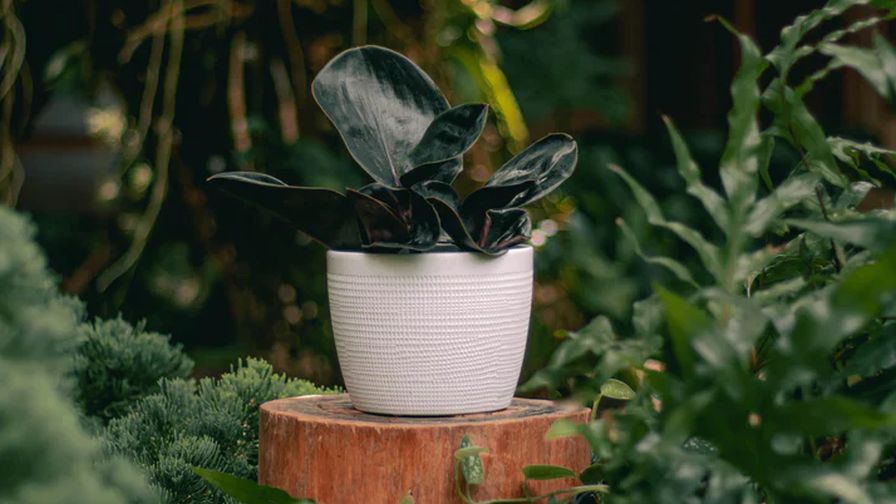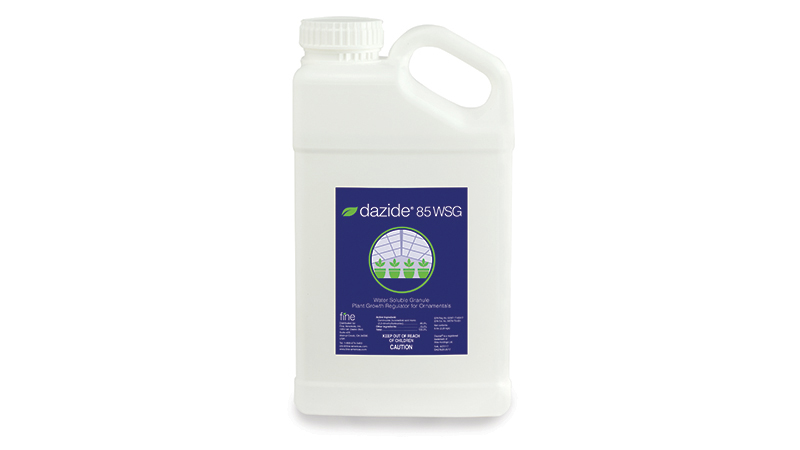5 Old Headlines That Still Resonate on GreenhouseGrower.com
 Visitors to GreenhouseGrower.com often come looking for the latest information on new varieties, new technology, and new trends driving the greenhouse industry. However, they also come looking for reliable production information.
Visitors to GreenhouseGrower.com often come looking for the latest information on new varieties, new technology, and new trends driving the greenhouse industry. However, they also come looking for reliable production information.
The benefit of living in a digital world is that both new and old information is available with just a few clicks. Looking for reminders on how to make the best use of plant growth regulators, or tips on preparing your greenhouse for winter? You don’t have to search through past copies of Greenhouse Grower magazine (although we do hear that many of you still save issues from several years past). You can just type in what you’re looking for into Google, or into the GreenhouseGrower.com search tool.
Yes, old headlines still resonate. Here are five stories we posted prior to 2022 that continue to draw traffic from our digital audience.
45 Pollinator Friendly Perennials Sure To Attract Bees
Pollinator friendly perennials are the foundation of a well-rounded pollinator garden. They help increase pollination rates of native bees and honeybees, and their foliage and flowers provide food and shelter for beneficial insects that help keep harmful plant pests under control. Public interest in plants for pollinators is driving up demand for them. Whether you’re a greenhouse grower-retailer or a wholesale operation, perennials that attract bees, butterflies, and other important pollinators are a good bet for increasing plant sales.
How to Create the Ideal Ventilation System for Your Greenhouse
One of the advantages of growing in a greenhouse is that growers can eliminate factors such as inclement weather, and most pests, while still benefiting from the sun’s natural light and the complete control that indoor growers experience. Greenhouse growers do, however, have to consider ventilation. Regular air exchange will allow crops to thrive and promote a healthy temperature range. There are several methods, tools, and tactics growers use to achieve proper ventilation, but the best operations often use a combination of both passive and active ventilation. By designing their greenhouses using both methods, growers can effectively ventilate their structures while keeping costs down.
How To Prevent Leafy Gall Before You Lose Plants
Start clean to end clean is the ideal condition for plant propagation. But how can this be achieved when disease agents are present but undetected? This conundrum is represented by the bacterial pathogen Rhodococcus fascians. This little beast has an epiphytic phase, during which it may be present on plant surfaces without causing infection, only later to penetrate plant cells and initiate masses of buds that never fully mature.
Plan Now To Prevent Bract Edge Burn On Poinsettias
Growing poinsettias profitably requires that growers prevent losses during production, as well as during shipping and handling. Production practices can affect susceptibility of plants to bract edge burn as plants are packaged, shipped and displayed. Poinsettias are sensitive to a disorder referred to as bract edge burn, a problem that causes the edges of the bracts to become brown and necrotic. In severe cases, all bracts can be affected, leading to decay of the entire top portion of the plant from Botrytis infection. Prevention of bract edge burn requires proper nutrition, watering, temperature and humidity management during the final four to five weeks of the crop. Planning for the prevention of bract edge burn early in the crop cycle will avoid this potentially devastating problem.
How To Stop Aphids In The Greenhouse
Aphids present the perfect storm as a greenhouse pest. They bring a very high reproductive rate, a preference for popular spring crops, negative and visible impacts on plant health, low customer tolerance, and emerging pesticide resistance. An added predicament: Some growers face pressure to avoid use of an effective tool, the neonicotinoids. Amidst these barriers and obstacles, what’s a grower to do? Here are a few ideas to help you gain the upper hand on this prolific little beast.









